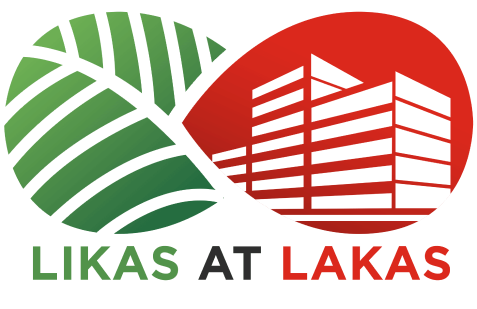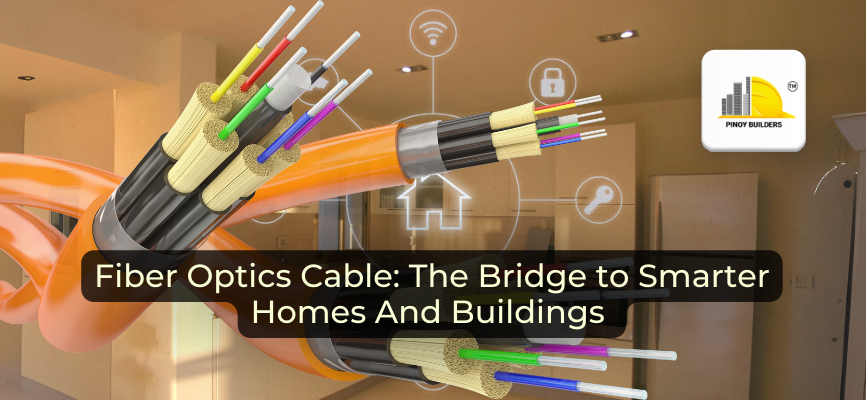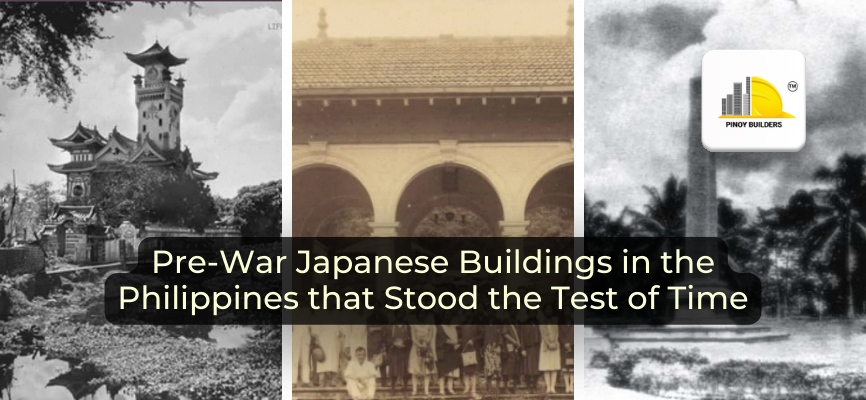Smart homes are becoming a familiar sight in the Philippines. Families are now trying out devices and systems that make everyday tasks simpler, help manage energy use better, and strengthen home security. From voice-activated appliances to lights that adjust automatically, these innovations transform ordinary houses into connected, modern homes.
At the heart of this modern lifestyle is fiber optic cable. It uses light to transfer data, allowing internet connections to be faster, clearer, and more reliable than traditional wiring. This hidden but powerful foundation keeps every smart device running smoothly, whether it’s inside a single home or across an entire building.
In this article, we’ll look at how fiber optics makes smarter living possible and why they are essential for building homes and spaces that are ready for the future.
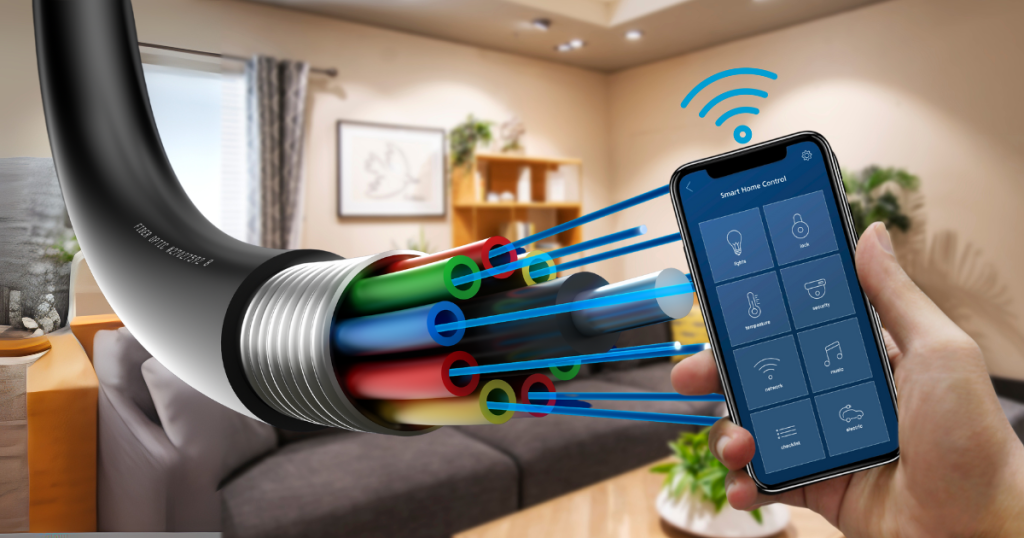
What is Fiber Optics?
Fiber optics are special cables that send data through light signals instead of electricity. Think of information moving through thin, glass-like threads at the speed of light, allowing data to flow faster and more clearly.
Unlike traditional copper cables, fiber optics provides better speeds, wider bandwidth, and more reliable connections. They are also less affected by weather or outside interference, which makes them more dependable in everyday use. On top of that, fiber networks are built to handle the increasing demand for smart home devices, streaming, gaming, and other digital services. This makes them the best choice for homes and buildings that need a strong and future-ready digital foundation.
Different types of fiber optic cables serve various needs:
| Single-Mode Fiber | Uses a very thin core to carry light over long distances at high speed. Ideal for large buildings or wide coverage areas. |
| Multi-Mode Fiber | Has a thicker core that carries multiple light signals at once, making it great for shorter distances like homes or offices. |
| Plastic Optical Fiber (POF) | A flexible and affordable option, often used for simpler networks in smaller spaces. |
Each type provides a strong and stable connection, giving homes and buildings the right setup for their specific requirements.
Smart Homes and Why Fiber Optics is Essential
A smart home brings together devices, appliances, and systems through the internet so they work in sync. With automation, these tools communicate with each other to make daily life more convenient and efficient.
Picture a security system that sends instant alerts, appliances you can manage even when you’re away, or air conditioning that automatically sets the perfect temperature. Entertainment also steps up, with streaming platforms and smart TVs creating a more immersive experience.
All of this only works as intended when supported by a fast and reliable internet connection. Fiber optics provides the speed and stability needed to keep every device running smoothly without interruptions.
Benefits of a Fiber-Powered Smart Home
A smart home becomes even more powerful when it runs on fiber optics. This technology delivers clear improvements in speed, stability, and flexibility. With fiber as the backbone, every connected device works at its best.
- Speed and Performance – Fiber optics provides ultra-fast internet speeds that support streaming, gaming, and real-time communication between devices. This makes daily use smoother and more enjoyable.
- Reliability – Unlike other connections that can suffer from interference, fiber optics ensures a stable and consistent experience. Even with multiple devices online, the connection stays strong.
- Scalability – As smart homes continue to grow, more devices will be added over time. Fiber optics can easily support this expansion, keeping up with the needs of a fully connected lifestyle.
Together, these benefits create a home environment that is smooth, secure, and ready for the future. Fiber optics not only improves the performance of today’s devices but also prepares households for tomorrow’s innovations.
Long-Term Advantages of Fiber Optics for Homes and Buildings
Beyond immediate performance, fiber optics offers lasting value for both homes and buildings. Its design, efficiency, and adaptability make it a solid choice for long-term digital infrastructure. This makes fiber not just an upgrade but a foundation for growth.
- Durability and Reliability – Fiber optic cables are tougher and less prone to damage compared to copper. They provide consistent, long-lasting performance, which is valuable for both households and larger buildings.
- Energy Efficiency – Because fiber optics uses light to transmit data, it requires less power. This helps lower energy use while supporting sustainable living.
- Future-Ready Infrastructure – Fiber optics can handle advanced technologies that are on the horizon. From AI-driven systems to highly complex IoT applications, it ensures that homes and buildings remain prepared for future innovations.
These long-term advantages show why fiber optics stands out as the backbone of modern living. From durability to energy savings and readiness for new technologies, fiber ensures that homes and buildings stay strong and future-ready for years to come.
Connecting to a Smarter Future
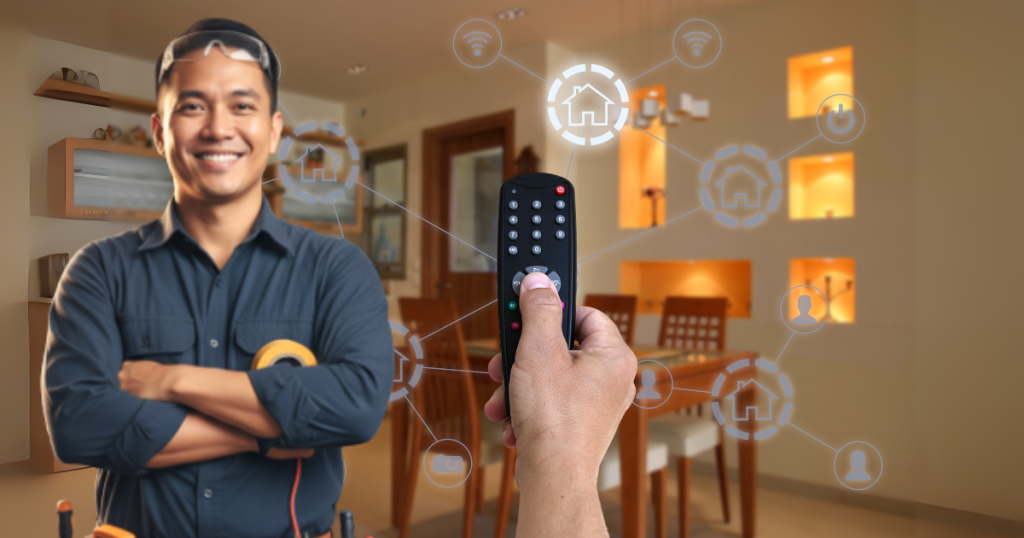
Smart homes are reshaping the way Filipino families live, bringing convenience, safety, and comfort into everyday routines. Behind these innovations, fiber optics serves as the essential foundation that makes everything possible.
Choosing fiber optics is not just about faster internet. It is a long-term investment in smarter, future-ready homes and buildings. With fiber, comfort and innovation grow together, making daily living easier and more advanced.
References
Coherent. (n.d.). What are Fiber Optics and How Do They Work? Coherent. Retrieved September 25, 2025, from https://www.coherent.com/news/glossary/optical-fibers
Fiber Optics. (n.d.). Verizon. https://www.verizon.com/articles/internet-essentials/fiber-optics-definition/
Mensah, T. (n.d.). Optical fiber. Wikipedia, the free encyclopedia. Retrieved September 25, 2025, from https://en.wikipedia.org/wiki/Optical_fiber

